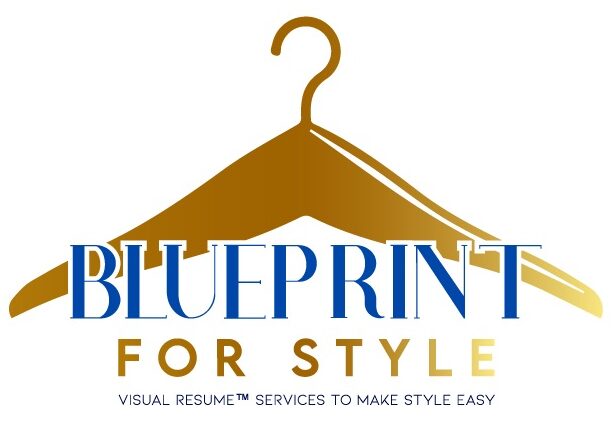- accordion pleats: folds in fabrics that are named for their resemblance to the folds of the musical instrument called an accordion. Smaller at the top but larger at the bottom,the lower edge of the hem shows a zigzag pattern
- acetate: generic fiber category established by the FTC for manufactured fibers that are chemical variants to cellulose. Used in a wide wide variety of apparel that have a crisp hand and a high luster
- acrylic: generic fiber category established by the FTC for a manufactured fiber primarily composed of a polymer material called acrylonitrile. Acrylic fabrics have a soft, wool-like hand, good wrinkle resistance, wash and dry quickly, and therefore are often used in easy-care apparel
- activewear: any of a wide variety of apparel items designed to be worn for active sports. Not to be confused with official athletic uniforms worn by professional athletes
- aglet: ornamental metal tag, frequently of gold or silver, similar to modern shoelace tip at end of lacing.
- A-line: apparel styled close and narrow at the shoulders or waist and flaring gently away from the body at the hem in a line resembling the letter A. Introduced in 1955 by Paris couturier Christian Dior
- all-weather: adjective used for clothing and accessories suitable for dry or wet weather and for varying temperatures
- alpaca: a sheeplike animal of the camel family, related to the llama, native to the Andes in South America. yarn spun from fleece is lustrous and shiny
- amulet: small object believed to posses magical powers
- Annie Hall look: style of dressing for women inspired by clothing worn by Diane Keaton in the film Annie Hall. Typical styles included such elements as baggy pants, men's shirts and vest, and the ideal of wearing clothes in an uncoordinated manner
- antique bodice: long-waisted, tight bodice with low decolletage and deep point at front waistline
- apparel: any type of clothing worn by men, women and children
- appliqué: surface pattern made by cutting out fabric or lace designs and attaching them to another fabric or lace by means of embroidery or stitching
- après ski: French term meaning "after ski". Used as a fashion adjective with clothing and accessories typically worn when relaxing after skiing. This look first became popular in the 1950s
- apron: item of apparel designed to protect clothing or used as a decorative accessory
- argyle: made with various colored diamond-shaped designs- usually a larger diamond pattern of dark or light lines is superimposed over other solid colored diamonds
- armhole: section of garment through which arm passes or into which sleeve is fitted
- Art Deco: a non-representational style in the arts of teh 1920s and 1930s that relies on geometric and stylized forms drawn from diverse sources ranging from Aztec motifs to animal and floral patterns. The term came into use only in 1968 when a writer derived the term from the name of a Paris exposition of 1925 that featured designs of this period
- Art Nouveau: design style of the period 1890 to 1920 that represented an attempt by artists and artisans to develop a style with no roots in the past.
- asymmetric: the principle of informal balance, rather than formal balance, with each side of the garment offering a different silhouette
- atelier de couture: workrooms in which Parisian haute couture designers and their staff design and produce their collections
- avant garde: French term commonly used in English meaning new, unconventional, ahead of its time. Used as an adjective to describe apparel that may be provocative or startling
